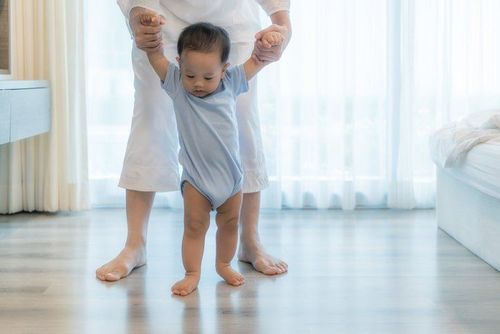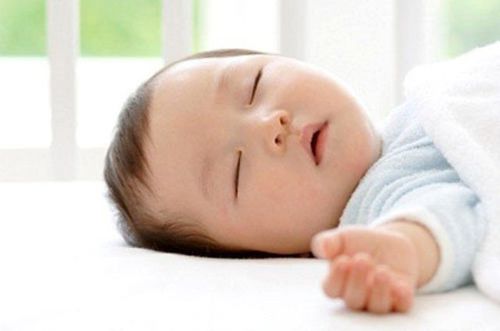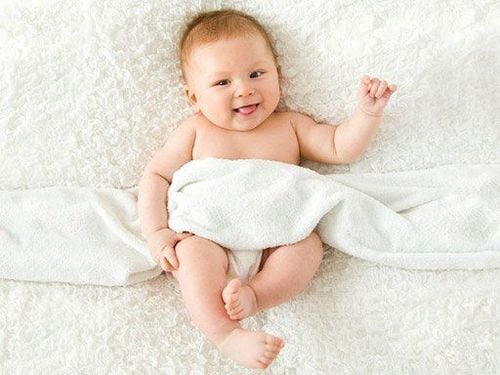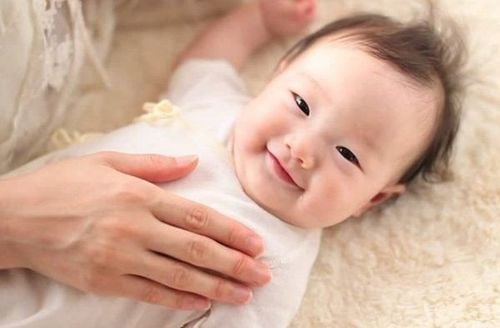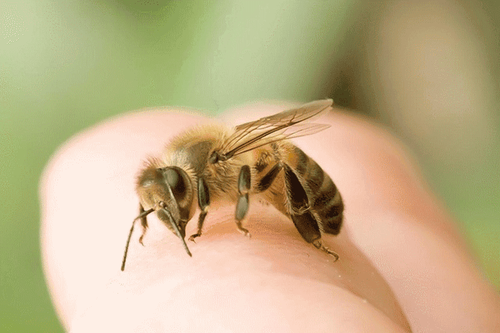This is an automatically translated article.
The article was professionally consulted with Doctor Ho Thi Hong Tho - Neonatologist - Pediatrics - Neonatology Department - Vinmec Phu Quoc International General Hospital.Development for babies 36 months and younger includes transition to bed, toilet training, starting kindergarten, and other pressures of growing up. This is one of the stages when parents will witness many changes in their children.
1. Development milestones
Preschoolers' imaginations are developing. Pretend play is a feature of this age, along with a fear of imaginary monsters and even more mundane things like the dark or vacuum cleaners. Children may also have difficulty distinguishing between fantasy and reality.Children's ability to talk is becoming clearer, enough for strangers to understand. She was able to use some personal pronouns correctly and followed multi-step instructions. The vocabulary of 3-year-olds is growing significantly, can use hundreds of words.
Your child is already able to walk up and down stairs, jump and ride a quad bike. Hand dexterity is also improving, as demonstrated by opening doors and lids of boxes, as well as manipulating moving parts on toys. Children also have the ability to draw a circle and complete simple puzzles.
Parents will begin to see their children develop friendships, showing empathy and affection to their playmates and even their dolls! Babies begin to become aware of taking turns and sharing when playing with friends, but sometimes still angry and fussy because they cannot fully control their emotions.
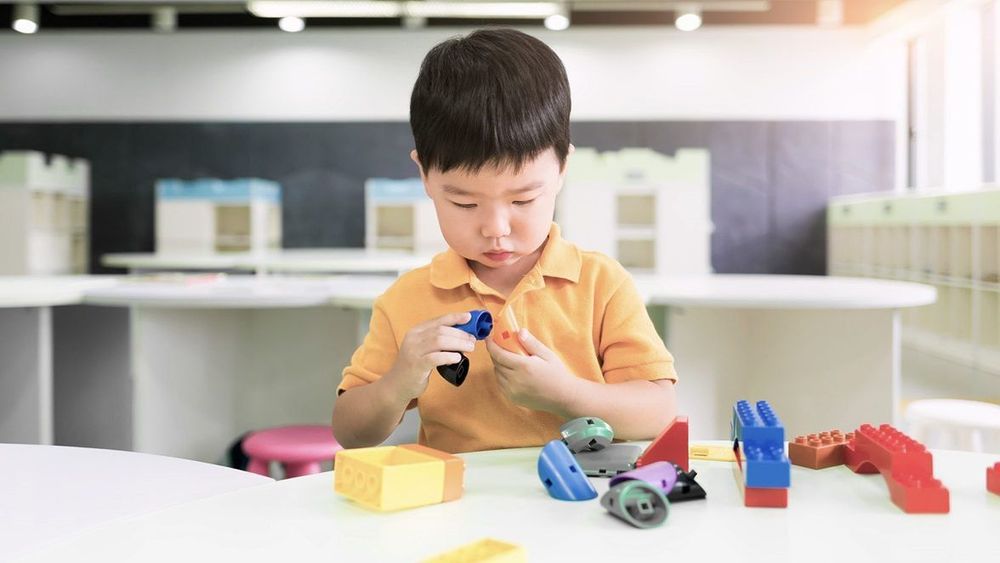
Bố mẹ sẽ bắt đầu thấy con phát triển tình bạn, thể hiện sự đồng cảm với những người bạn cùng chơi
2. The role of parents
Give your child plenty of opportunities to play with friends of the same age. Teach children to be bold, ready to integrate, as well as create conditions to practice sharing or waiting, taking turns. Your baby will need help figuring out how to solve problems and process her immature emotions. The development of children 36 months and younger does not include cognitive skills or language skills to negotiate with playmates.Play learning games: Together with your child count the colorful stairs, ask them to find toys according to the cues and name the body parts. Engage in pretend play to understand your child's feelings and guide appropriate behavior, but let your child play the lead role in the game and develop as he or she wants. Make sure your child has plenty of time outside to run, jump, bike, and explore freely.
Set simple and clear limits to follow, and calmly and consistently discipline them if they break them. Don't forget to praise your child when he behaves well.
Stay up-to-date on how children 2 years old and older develop skills and change some household items accordingly. Parents are constantly concerned about protecting their children from abduction and abuse by strangers, yet many parents overlook a major threat to their child's safety and well-being. is the house. Experts say that children between the ages of 1 and 4 are more susceptible to accidents from fire, burns, drowning, suffocation, poisoning or falls than from attacks by strangers.
Children as young as 3 years old may be ready to move from crib to bed. While some babies are very adaptable, others are very attached to their newborn crib. To ease the transition, place the new bed in the exact same position as the old crib. Your baby may feel more comfortable continuing to sleep with his little old blanket. Don't forget to put up a railing to prevent your child from falling out of bed. Another tactic is to reveal the new bed 1 week in advance to prepare your child mentally, choose a beautifully designed children's bed with the shape of a car, a princess carriage,...
Watch out for signs showing that preschoolers are ready for toilet training, including:
Withholding urine and keeping diapers dry for at least two hours. This shows that your baby's bladder muscles are developed enough to store urine. Recognize physical cues and act on them before going to the bathroom. Can pull clothes up and down on their own (unless wearing a bib). Expresses desire to imitate adult toilet habits.

Dạy bé tính mạnh dạn, sẵn sàng hòa nhập, cũng như tạo điều kiện để rèn luyện tính chia sẻ
3. Abnormal signs to watch out for
Each child develops at his or her own pace, but talk to your doctor if your child's development at 25 months - 36 months is still:Do not interact with people outside the family Avoid socializing with Eyes Unable to throw a ball or jump Unable to alternate foot steps when climbing stairs Has difficulty writing or drawing Does not use more than 3 words in a sentence Unable to complete a sentence Strangers often find it difficult to understand when baby talking Doesn't play pretend Unable to take basic care of herself, such as getting dressed or going to sleep Loss of skills that used to be. The above is general information about how children 2 years and older develop. However, every child is different and develops at his or her own pace. There may be milestones your baby doesn't reach in the development of a 25-month-old - 36 months is considered normal. You don't need to worry unless you notice one of the unusual signs listed in item
3.
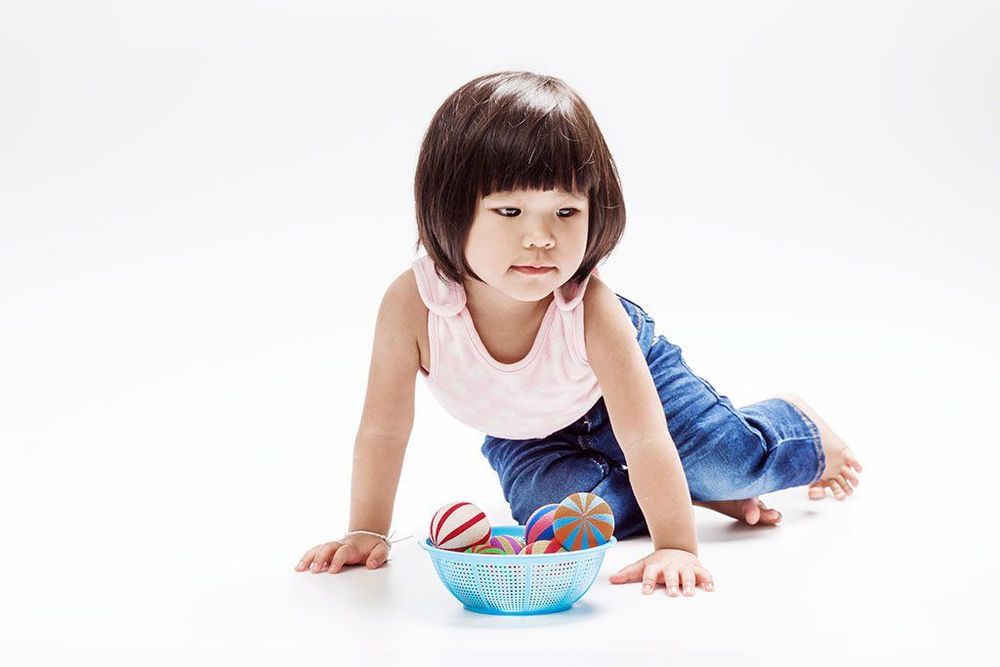
Chăm sóc, bảo vệ, nuôi dưỡng trẻ là một quá trình dài, vì thế cha mẹ hãy luôn là người bạn đồng hành
To help children develop comprehensively, parents should supplement children with supportive products containing lysine, essential micro-minerals and vitamins such as zinc, chromium, selenium, B vitamins to help fully meet their needs. nutrition in children. At the same time, these essential vitamins also support digestion, enhance nutrient absorption, help improve anorexia, and help children eat well. Parents can simultaneously apply dietary supplements and functional foods derived from nature for easy absorption. The most important thing is that improving your baby's symptoms often takes a long time. Combining many types of functional foods at the same time or changing many types in a short time can make the baby's digestive system unable to adapt and completely not good. Therefore, parents must be really patient with their children and regularly visit the website vimec.com to update useful baby care information.
Reference source: babycenter.com





